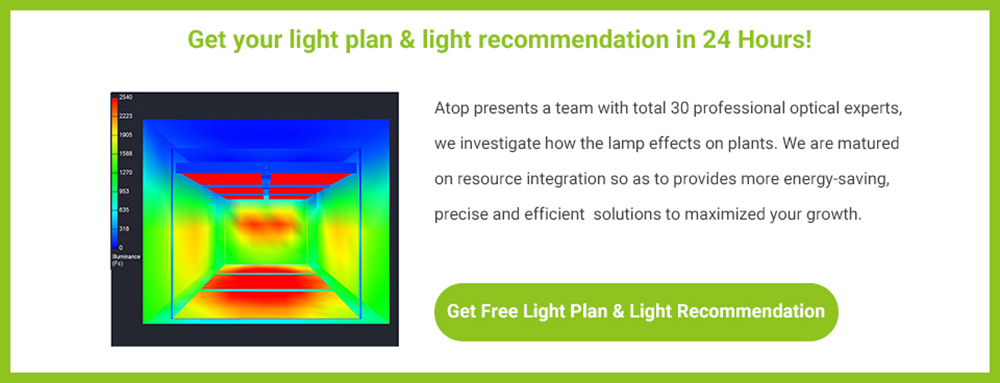Common LED Grow Light Installation Issues: Quick Fixes and Solutions
LED grow lights are a great way to grow indoor plants, as they provide a high-quality and energy-efficient light source that can boost plant growth and health. However, installing and using LED grow lights is not as simple as plugging them in and turning them on. Without proper installations, maybe your lights will humming or flickering, your plants are showing signs of light stress, or you simply cannot get your lights cooled properly.
In this post, we will show your some common issues about LED grow light installation. We will also provide you with some useful tips and tricks to optimize your LED grow light setup and ensure that your plants get the best possible lighting conditions. With the right light levels, positioning, and equipment maintenance, your plants will flourish under the glowing canopy of perfectly installed LED grow lights.
Wiring and electrical issues
One of the most common issues with LED grow light installations is wiring and electrical problems. These issues can cause your lights to malfunction, flicker, dim, overheat, or burn out, which can disrupt plant growth.
You may notice flickering or buzzing coming from your LED grow lights. This is often due to loose connection or improper wiring. LED lights require stable power to operate correctly. An interruption in the flow of electricity can cause flickering. Check all your connections to ensure cables are securely attached. Also inspect wires for damage, frayed, or cracked areas that can cause disconnects.
You may also experience lights randomly turning off. This is likely due to an overloaded circuit. Another potential cause is voltage drop. As power travels over long cable distance from the breaker, voltage can decrease. Use thicker gauge wires runs to prevent excessive voltage drop.
Other possible causes of wiring and electrical issues can be damaged or worn-out wiring, power cord, plug, or exposure to moisture, or power surges, etc.
To prevent wiring and electrical issues, you should:
- Use high-quality LED grow lights that have UL or CE certification and warranty.
- Follow the manufacturers’ instructions and specifications for installing and using your LED grow lights.
- Use a surge protector to protect your lights from power fluctuations
- Contact the manufacturer or a professional electrician for more serious or complex issues that require expert assistance.
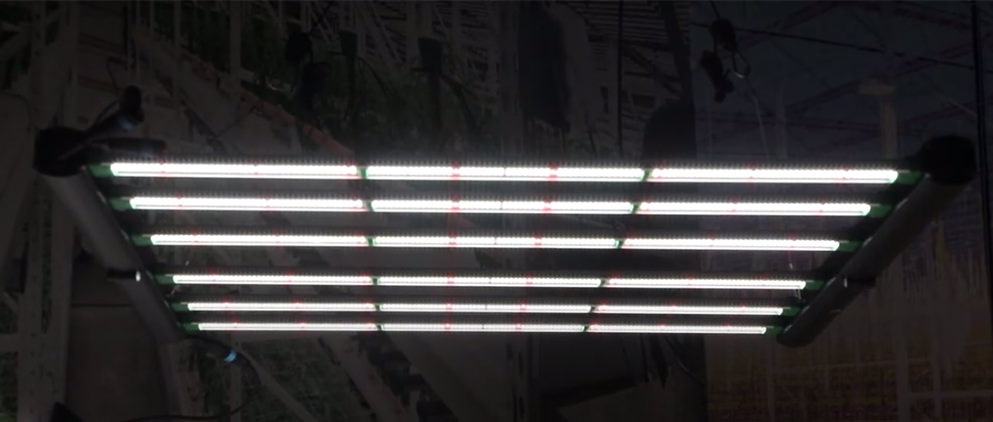
Improper height and placement
Improper height and placement of your LED grow lights can have a negative impact on your plant growth and health. It can lead to uneven light distribution, inadequate coverage, and ultimately hinder the growth and development of plants.
One of the primary concerns is having the grow lights placed too close to the plants. When the lights are too close, it can result in light burn or heat stress, causing damage to the foliage and stunting growth. On the other hand, placing the lights too far away lead to insufficient light penetration and overall effectiveness.
In addition to height, the placement of the lights within your grow space is crucial for achieving uniform light distribution. Improper placement can result in uneven coverage, leaving some plants receiving more light than others.
To address improper height and placement issues, consider the following tips:
- Consider alternative installation options. If top lighting is not ideal for your setup, explore alternative lighting solutions. Inter-lighting, also known as intracanopy lighting, installing supplemental lights within the canopy of plants. These lights are positioned between the plants and provide targeted illumination to lower parts of the canopy.
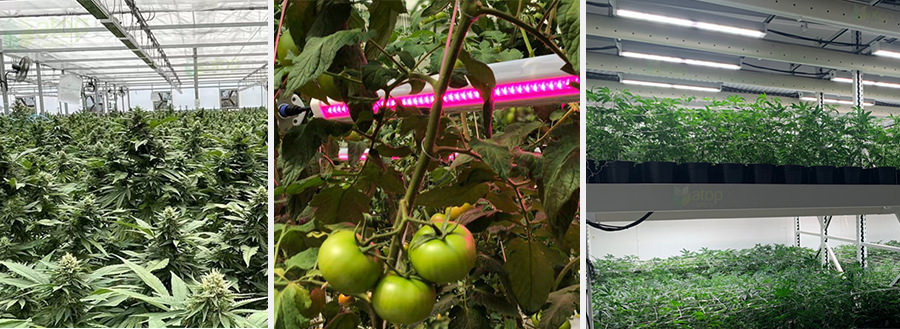
- Adjust the height based on growth stage. As plants grow, adjust the height of the lights accordingly to maintain the recommended light intensity for each stage, from seedling to flowering.
- Follow recommended guidelines. A good rule of thumb is to follow the recommended mounting height specs from the light’s manufacturer. This is usually 24-48 inches from canopy to LED panel depending on the power and intensity of the specific model. Consult the manufacturer’s guidelines or lighting experts to determine the optimal hanging height for your specific LED grow lights and plant species.
- Ask for a light plan. A light plan is developed to reach your goals in the most effective and efficient way. The lighting simulation offers a clear picture of the light plan in advance. It shows you how much light each crop can receive under the light plan. Thus, you can check whether the light plan works for your crops. It also allows you to optimize your light plan.
Inadequate ventilation and cooling
LED grow lights produce less heat than other traditional lights, but they still generate some heat that needs to be dissipated and regulated. High temperature cause LED chips and drivers to degrade faster. Excess heat shortens the lifespan of your expensive lighting investment. Additionally, it will also impact the temperature and humidity levels within your grow space. Inadequate ventilation and cooling can lead to excessive heat buildup, poor air circulation, and unfavorable growing conditions of plants.
To solve inadequate ventilation and cooling of your LED grow lights, you can:
- Clean and maintain your LED grow lights regularly and remove any dust or debris that may block the airflow or the cooling system.
- Replace any faulty or damaged parts of your LED grow lights or cooling system as soon as possible.
- Increase the distance between your LED grow lights and your plants if they are too close or touching.
- Use a humidifier or a dehumidifier to control the moisture level around your plants and prevent mold growth or wilting.
- Maintain proper spacing. Ensure adequate spacing between your grow lights and plants to allow better airflow and prevent localized heat buildup.
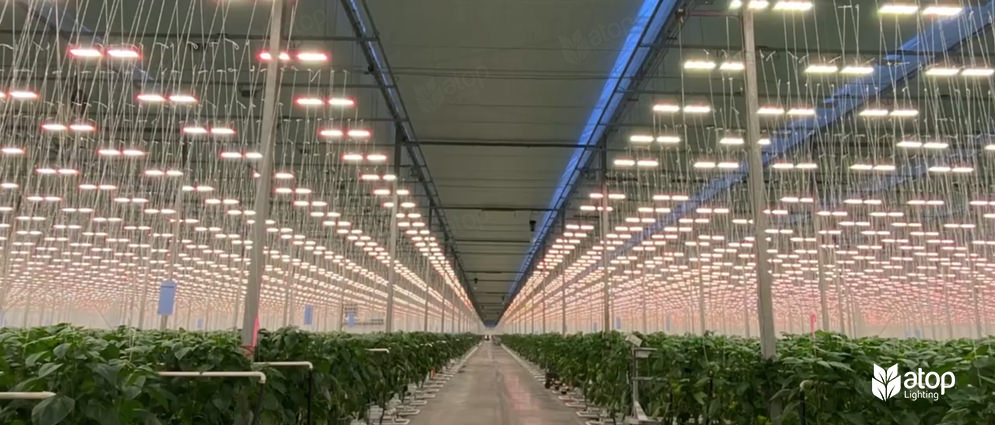
Light leaks
Light leaks are unwanted sources of light that enter your grow area from outside or from other devices. Light leaks can disrupt the light cycle and the photoperiod of your plants, which can cause some problems. These includes confusing or stressing plants, delaying or preventing flowering or fruiting, reducing yields, etc.
One of the primary sources of light leaks is improper sealing of the grow space. Gaps in doors, windows, tent, or other openings allow external light to penetrate the area, disturbing the dark period. Another common cause of light leaks is improperly shielded or positioned LED grow lights. Light emitted directly from the fixtures can escape and reach areas where it’s not intended to be. To mitigate these issues, consider the following solutions:
- Use LED grow lights that has dimmable functions or a timer to set the light levels or turn them on and off automatically.
- Install LED grow lights in a dark and isolated room or a tent that blocks any external light
- Inspect your grow space for any gaps or openings and seal them using light-proof materials.
- Position your LED grow lights at angles that optimize light coverage on your plants while minimizing light spillage.
- Install reflectors around your LED grow lights to concentrate the light downward and prevent stray light from leaking out.
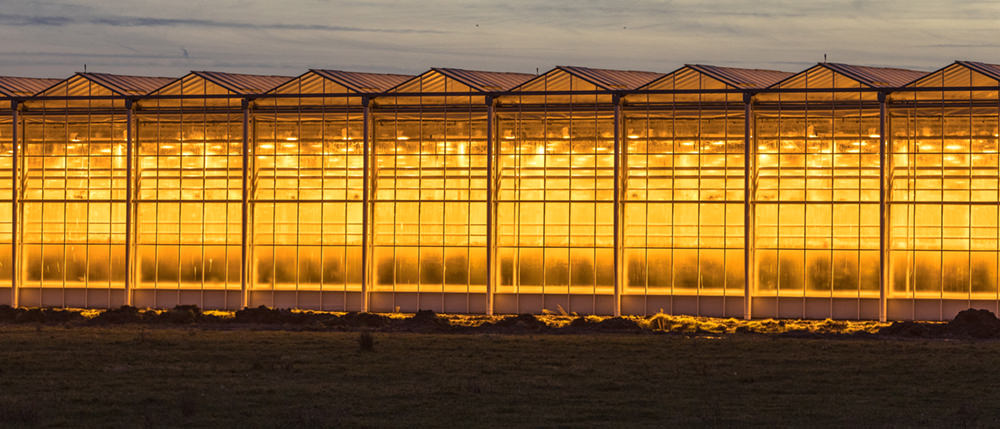
Addressing issues with LED grow light installation is crucial for ensuring optimal plant growth and maximizing the potential of your indoor garden. By understanding the potential challenges and implementing solutions, you can overcome these obstacles and create a thriving horticultural environment.
Remember, every plant is unique, and it may take some trial and error to find the perfect lighting setup. If you need any help with LED grow lights, make sure to contact us. Our lighting experts are always ready to help.

